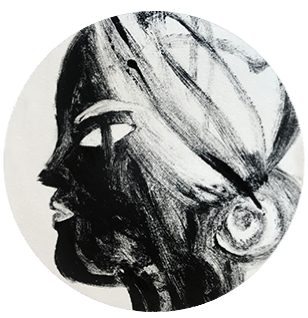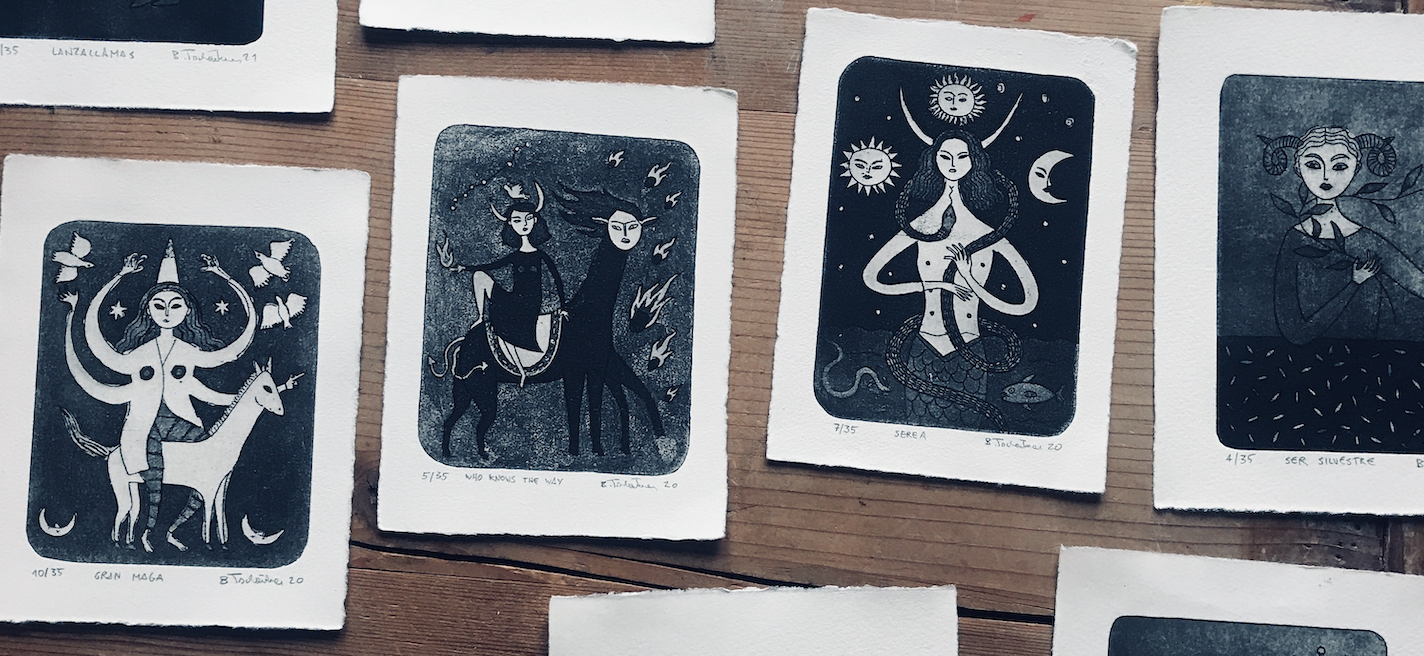I made my first ceramic sculpture in India, seven years ago. I was at an artist residency in the middle of the jungle of Baroda, working with a group of artist friends. There were cobras who shed their skin in front of our houses before dawn, monkeys who stole our bras, and peacocks who sang their lonely songs from the dark foliage at night.
I remember the studio buildings as stunningly beautiful, giant palaces of red bricks, and I was working in the printmaking studio, which was on top of a hill overlooking the jungle and which you could reach by climbing up a long and steep stairway that seemed endless under the white sun of the tropics.
On the foot of that hill was the ceramics studio, where Deveshi Sahgal, an artist whom I met there and who has become a great friend since, was working on huge sculpture, alone.
I don’t remember much about what clay I used or which glaze or what tools. I have no idea what I did, and that's probably because I had no idea what I did.
I remember Iria Do Castelo, another artist who came down with us to the ceramics studio, creating a precious head at an incredible pace, and told me that later she would cut it off and empty it, both of which amazed me, her working pace and the cutting off.
I, working much much slower, was amazed how my artwork, which was all line and flatness, translated into the third dimension. I have never been able to draw hands, but I learned that I could sculpt them. Also, I was surprised by the realism the third dimension brought to my artwork.
For whatever reason, one of the sculptures I made was a pregnant woman, and someone bought it at our exhibition we later held in New Delhi. Someone with a pregnant friend, I think. The one you see my working on the photo is called “horny woman”, she took me ages to make, and I still have her.
During the following years, traveling around the world, I worked in many printmaking studios, but I did not get in touch which clay again. It just was nowhere to be seen. But it stayed in my head. Not at the forefront, but somewhere in a dark spot in the back of my head.
The seed was sown, and it took seven years to grow.
During these years, I was a person with wings, I flew around a lot, carrying nothing but a sketchbook, and occasionally, some aluminum plates. Light stuff. I ask myself why I only started ceramics last year, and I imagine that maybe, working with ceramics requires some kind of roots. It is heavy, earthy, inert, it needs a lot of space. It needs roots, something which took me a long time to grow.
And so it happened that I started to work in ceramics after I spent a lot of time in my home country in the Austrian Alps. While the pandemic has stirred up the world, it brought a lot of calm to my life. Things have slowed down. I don’t travel as much. If I’ve been a hunter, now I’m more like a fisher. The pond does not move, but it becomes wider and deeper. One year ago, I started to work with clay, this summer I started to work with porcelain.
Ceramics, surprisingly, has a lot in common with printmaking. The suspense, the element of chance, the sense of serendipity. It can be immensely frustrating and it is incredibly satisfying. It can be the best, and it can be the worst (it is a lot like life itself). Another thing printmaking and ceramics have in common is that in these fields, you never stop learning. It is like a cosmos, a cosmos that is vital, fertile, and infinite, you can never fully explore it, and this is the beauty of it. You can walk around it forever and still encounter things that make you wonder, and make your hands feel brand new. I have just begun to walk around in it, and it makes me think of a poem I once wrote on a later stay in India:
Half of the world
When I die
I want to be able to say:
I explored half of this beautiful world
and left the other half
to my beautiful imagination
Photo: A&Y
If you want to see more of this creative India episode, here you can find SAVARI, my sketchbook from that journey











